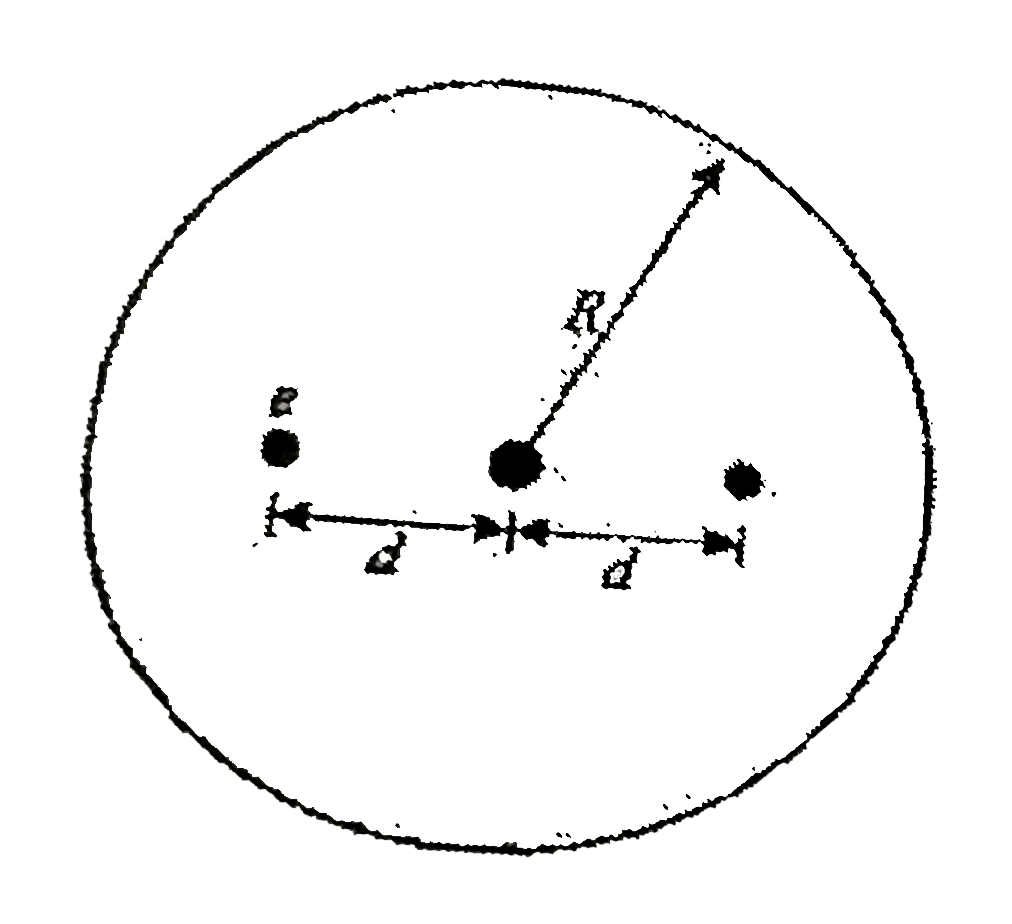Covalent radius is defined as .. ....... of the distance between the centres of the ....... .. of two similar atoms bonded
To answer the question regarding the definition of covalent radius, we can break it down into the following steps:
1. Understanding Covalent Radius:
- The covalent radius is a measure of the size of an atom that forms part of a covalent bond. It is essential to understand that it pertains to the distance between two bonded atoms.
2. Identifying the Atoms:
- In the context of the question, we are considering two similar atoms. For example, we can take hydrogen (H) atoms as a representation of similar atoms bonded together.
3. Distance Between Nuclei:
- When two atoms bond covalently, the distance between the centers of their nuclei is measured. This distance is denoted as 'd'.
4. Calculating the Covalent Radius:
- The covalent radius (r) is defined as half of the distance between the centers of the two nuclei. Therefore, we can express this mathematically as:
r=d2
5. Final Definition:
- Thus, the covalent radius is defined as half of the distance between the centers of the nuclei of two similar atoms that are bonded together.
Final Answer:
The covalent radius is defined as half of the distance between the centers of the nuclei of two similar atoms bonded.
---
- The covalent radius is a measure of the size of an atom that forms part of a covalent bond. It is essential to understand that it pertains to the distance between two bonded atoms.
- In the context of the question, we are considering two similar atoms. For example, we can take hydrogen (H) atoms as a representation of similar atoms bonded together.
- When two atoms bond covalently, the distance between the centers of their nuclei is measured. This distance is denoted as 'd'.
- The covalent radius (r) is defined as half of the distance between the centers of the two nuclei. Therefore, we can express this mathematically as:
r=d2
- Thus, the covalent radius is defined as half of the distance between the centers of the nuclei of two similar atoms that are bonded together.
The covalent radius is defined as half of the distance between the centers of the nuclei of two similar atoms bonded.
Topper's Solved these Questions
- BOOK - ICSECHAPTER - CLASSIFICATION OF ELEMENTS AND PERIODICITY IN PROPERTIESEXERCISE - ASSERTION-REASON TPE QUESTIONS6videos
CLASSIFICATION OF ELEMENTS AND PERIODICITY IN PROPERTIES
- BOOK - ICSECHAPTER - CLASSIFICATION OF ELEMENTS AND PERIODICITY IN PROPERTIESEXERCISE - NCERT TEXT-BOOK. EXERCISE (With Hints and Solutions)63videos
CLASSIFICATION OF ELEMENTS AND PERIODICITY IN PROPERTIES
- BOOK - ICSECHAPTER - CLASSIFICATION OF ELEMENTS AND PERIODICITY IN PROPERTIESEXERCISE - TRUE OR FALSE TYPE QUESTIONS20videos
CLASSIFICATION OF ELEMENTS AND PERIODICITY IN PROPERTIES
- BOOK - ICSECHAPTER - CHEMICAL THERMODYNAMICS EXERCISE - NCERT TEXT-BOOK. EXERCISES22videos
CHEMICAL THERMODYNAMICS
- BOOK - ICSECHAPTER - ENVIRONMENTAL CHEMISTRY EXERCISE - NCERT TEXT-BOOK EXERCISE20videos
ENVIRONMENTAL CHEMISTRY
Similar Questions
A chemical bond between two atoms is:
View SolutionCan ionic bond be formed between similar atoms ?
View SolutionThe angle between the covalent bonds is maximum in :
View SolutionAtomic radius of Ag is similar to
View SolutionAtomic radius of Ag is similar to
View SolutionIf a is the length of the side of a cube, the distance between the body centred atom and one corner atom in the cube will be:
View SolutionIf a is the length of the side of a cube, the distance between the body centred atom and one corner atom in the cube will be:
View SolutionThe bond between carbon atoms in graphite
View SolutionUsing Thomson's model of the atom, consider an atom consisting of two electrons, each of charge −e, embedded in a sphere ofcharge + 2e and radius R. In equilibrium each electron is at distanced from the centre of the atom. What is equilibrium separation between electrons ?
 View Solution
View SolutionBetween ionic and covalent bonds, there are large majority of bonds, in which the bonding electrons are shared unequally between two atoms but are not completely transferred.Such bonds are said to be polar covalent bonds and the bond polarity is due to difference in electronegativity, the ability of an atom in a molecule to attract the shared electrons in a covalent bond.
The measure of net polarity is a quantity called the dipole moment, μ , which is defined as the magnitude of the charge Q at either end of the molecular dipole times the distance r between the charges : μ=Q×r.Molecular polarities give rise to some of the forces that occur between molecules and these forces are of several different types including dipole-dipole forces, London dispersion forces, and hydrogen bonds. All these intermolecular forces are electrical in origin and result from the mutual attraction of unlike charges or the mutual repulsion of like charges.
Which of the following statements is incorrect ?View Solution

